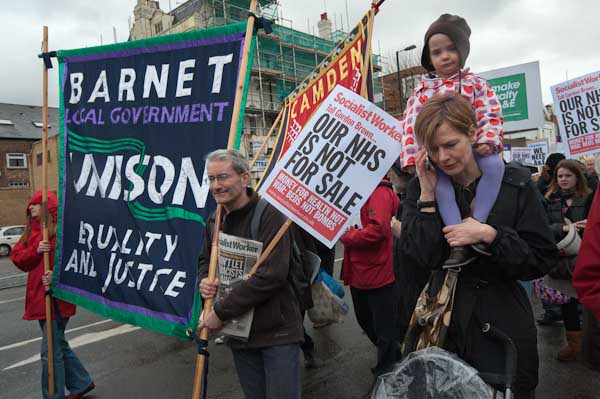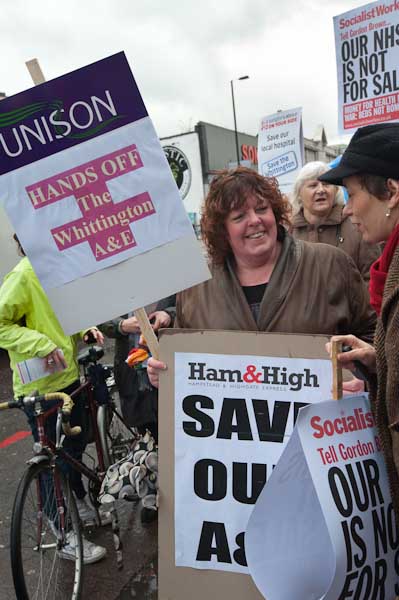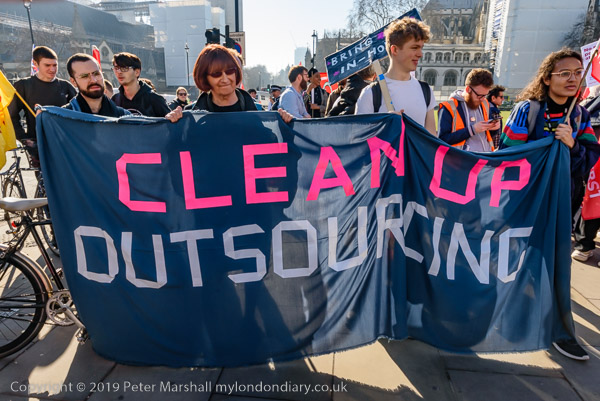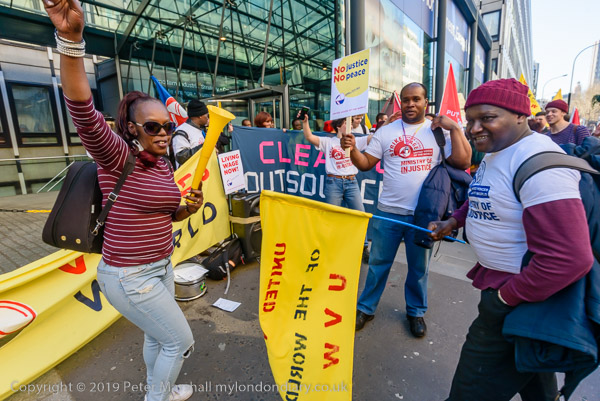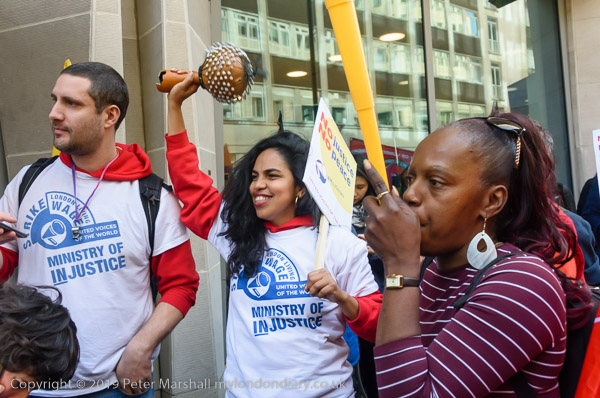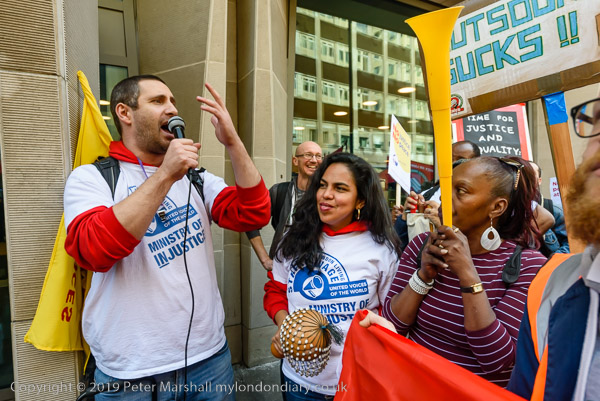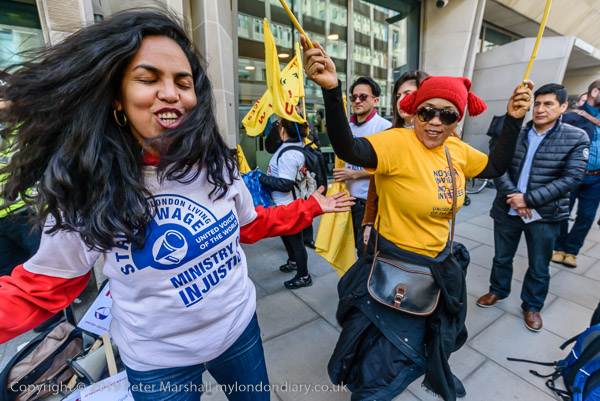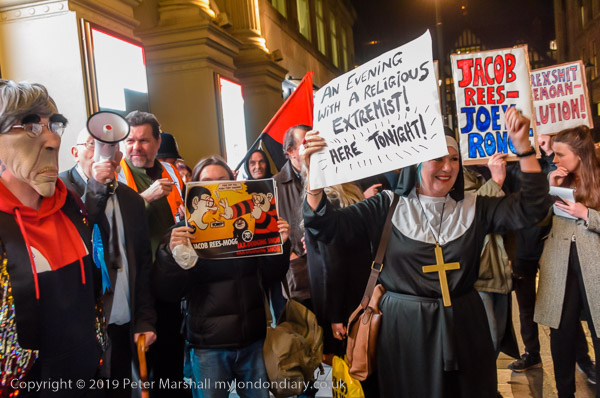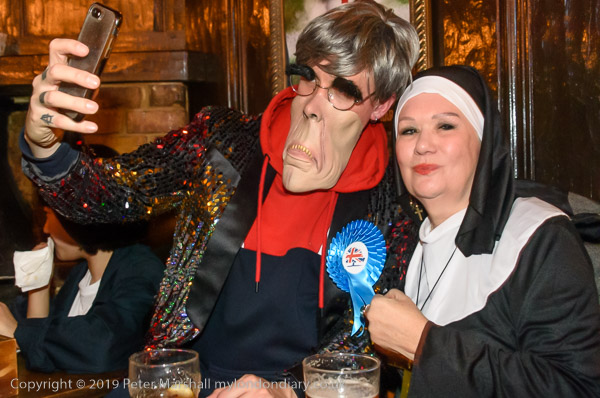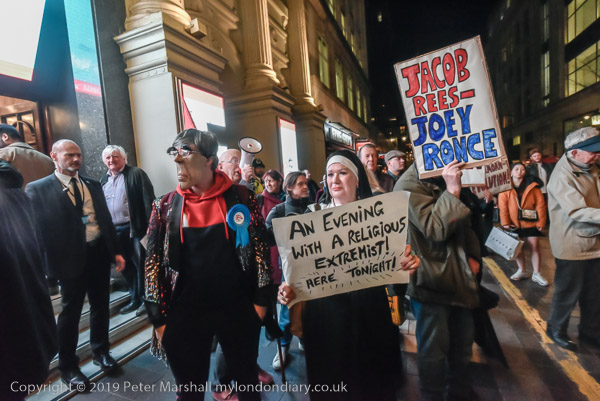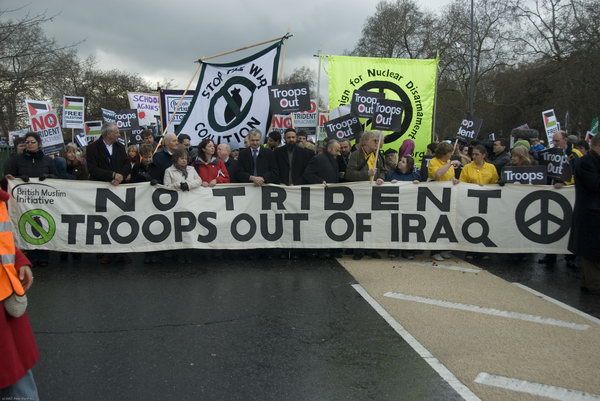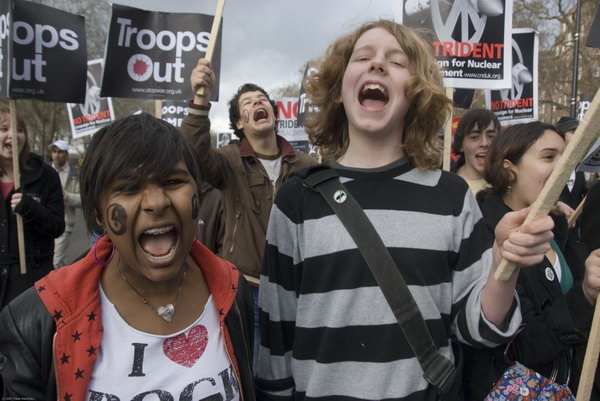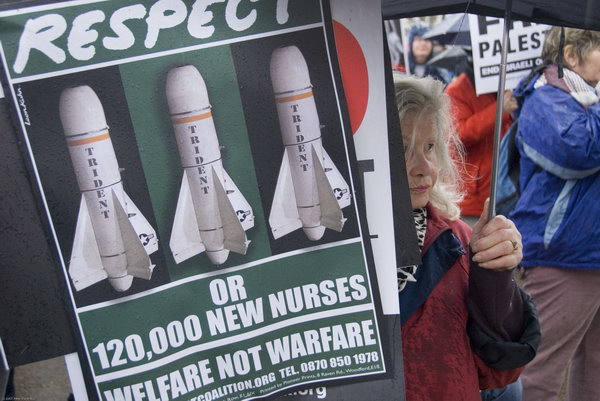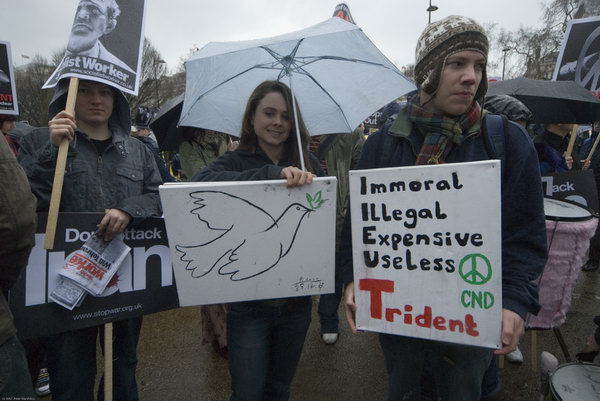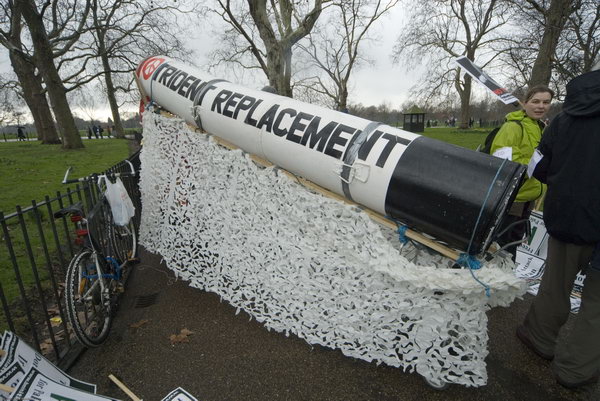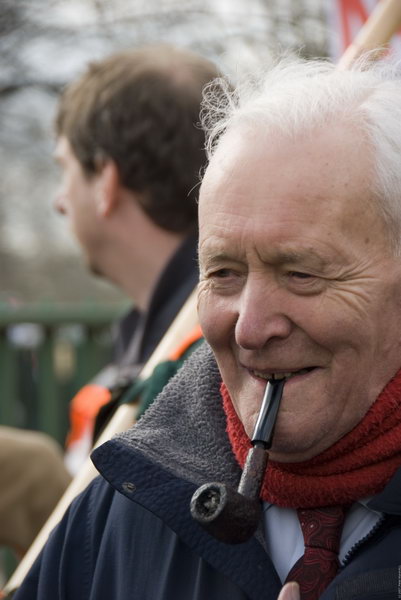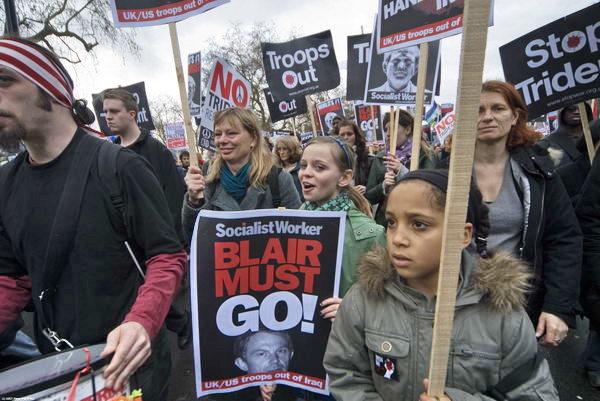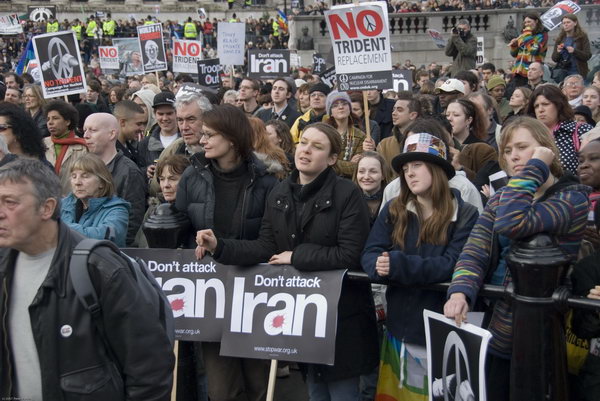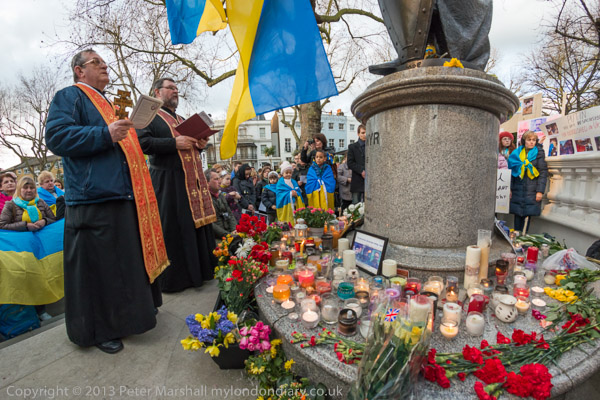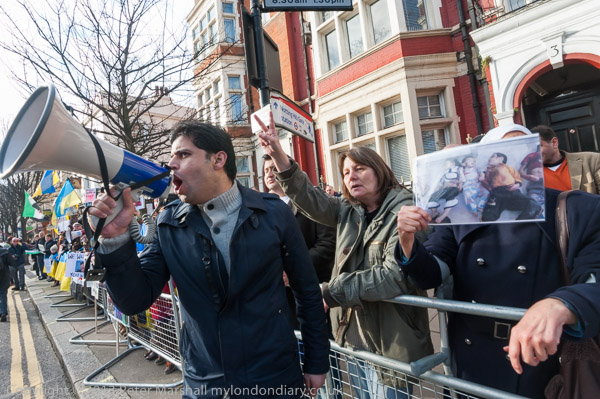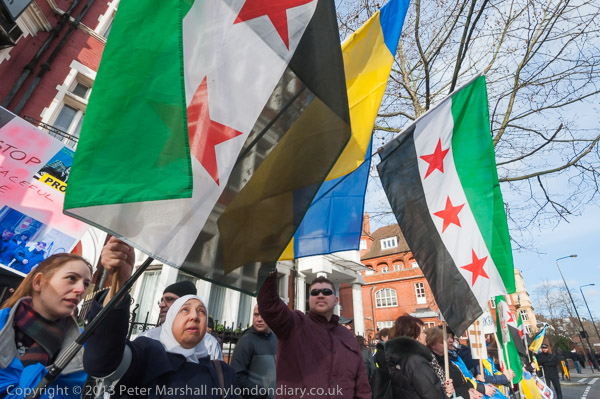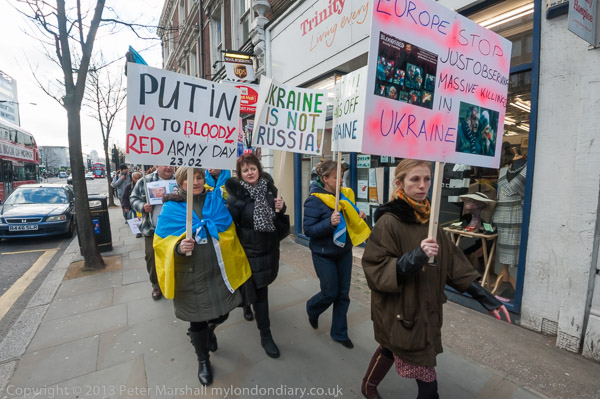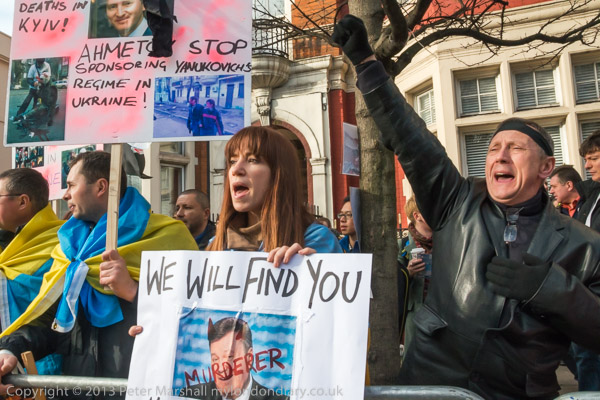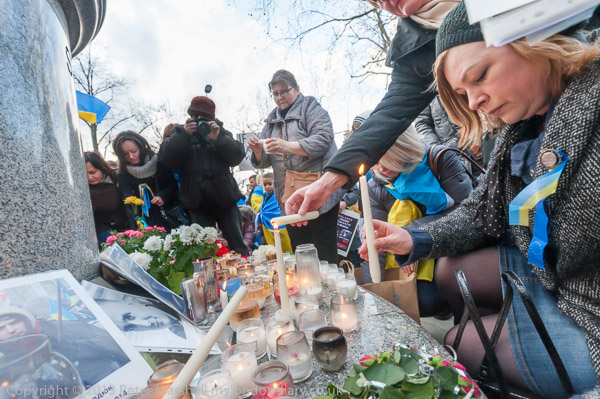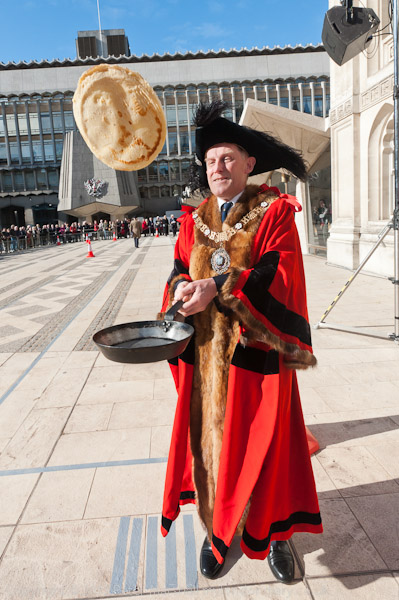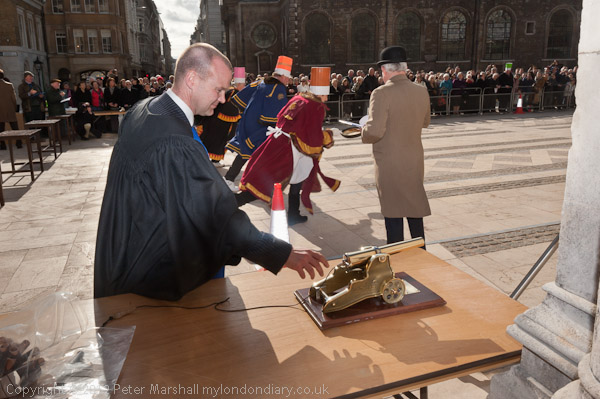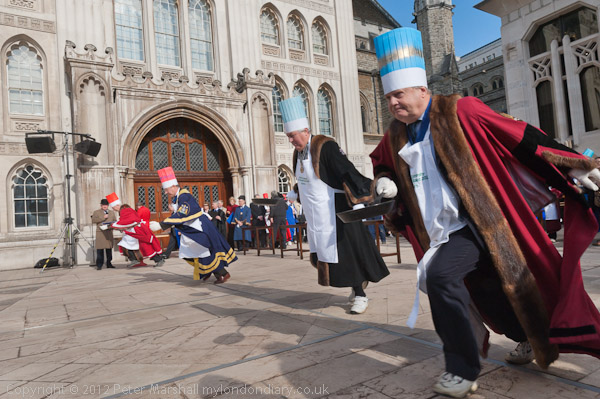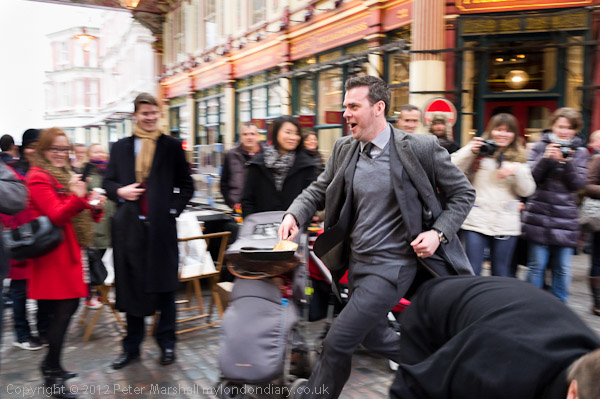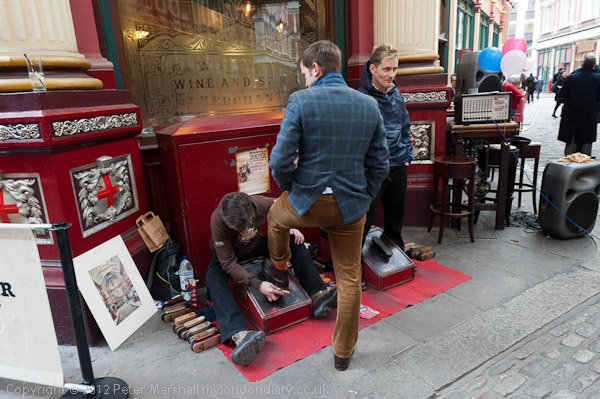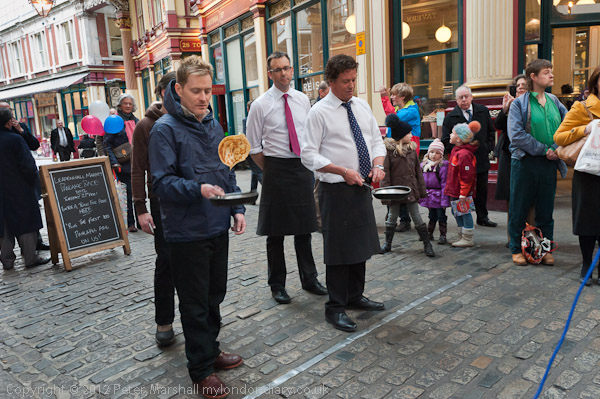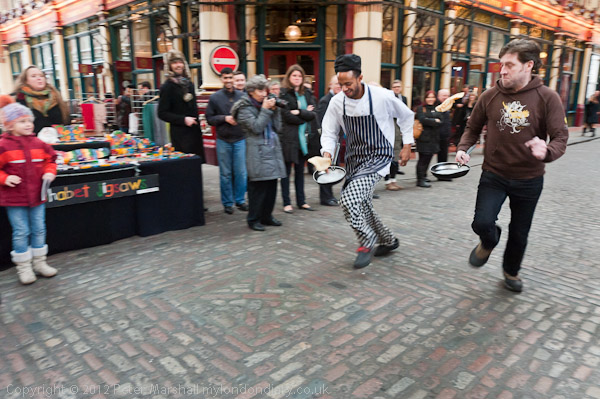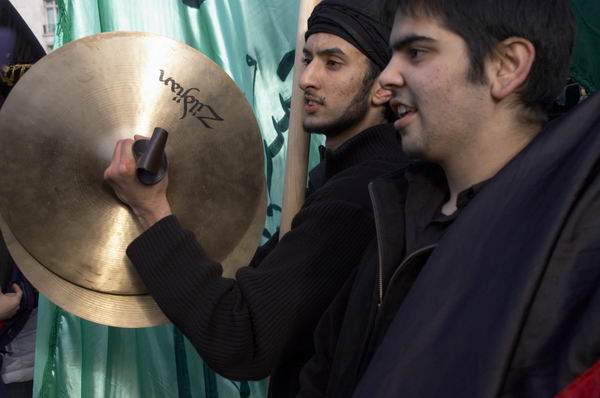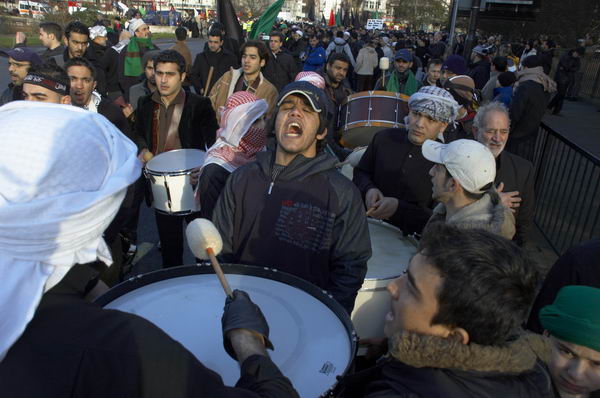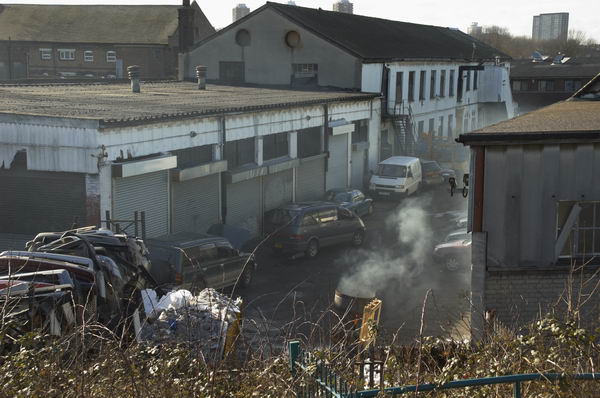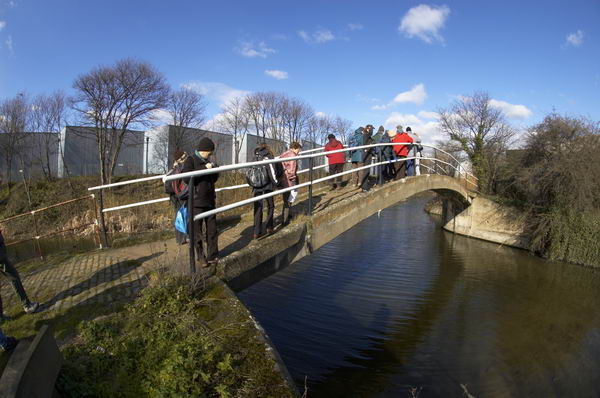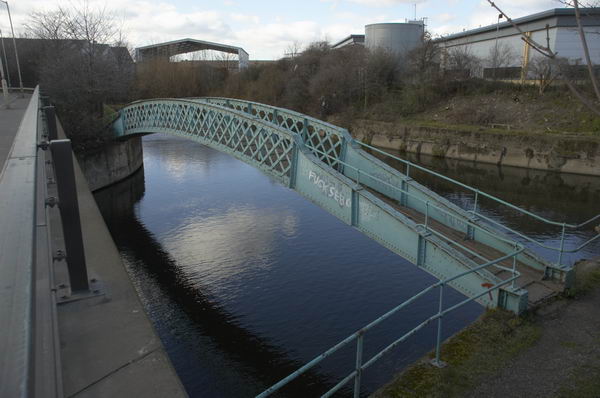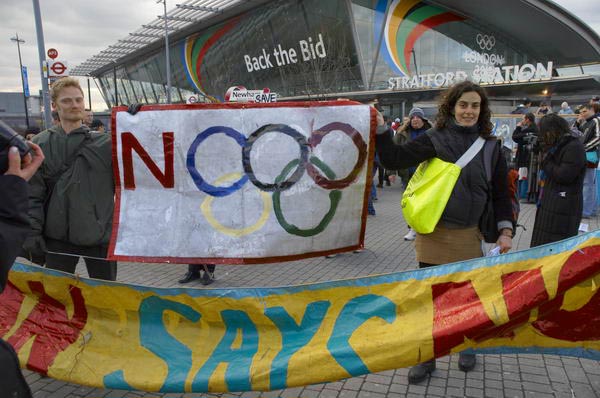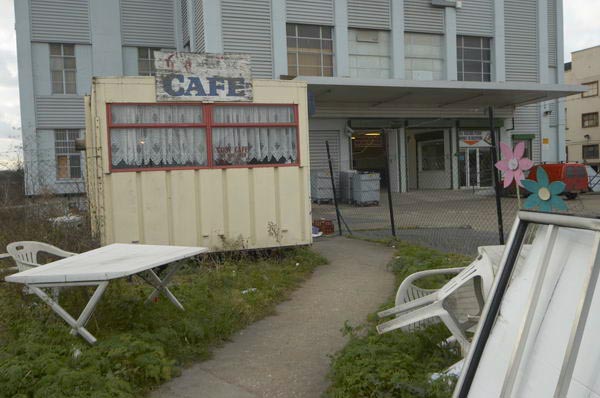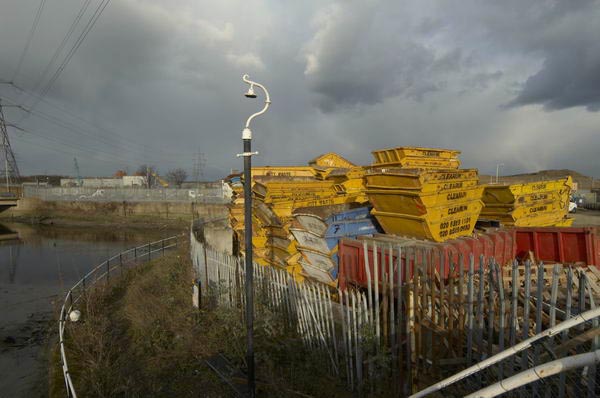Grow Heathrow’s 5th Birthday: Saturday 28th February 2015 was the fifth anniversary of the occupation by local people and campaigners opposed to the building of a third runway at Heathrow of a derelict Berkeley Nursery site in the village of Sipson, one of the local vill,ages that would be lost to airport expansion.
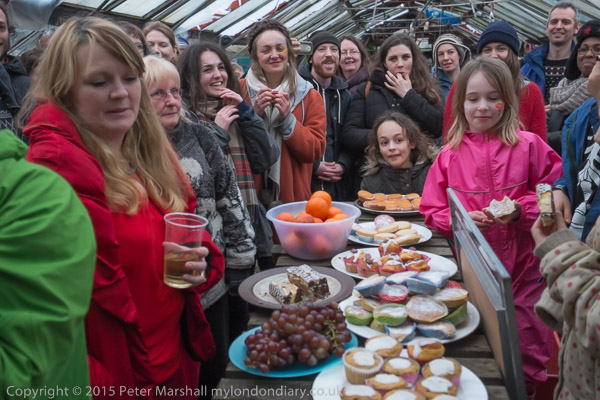
The site, which was only finally evicted in 2021, though half of it was lost two years earlier, had four main aims. It was a symbolic resistance to economic, ecological and democratic crises, developed community and resource autonomy, developed a model for future non-hierarchical, consensus-based communities and aimed to root the grassroots radical values of the Third Runway resistance in the Heathrow villages.
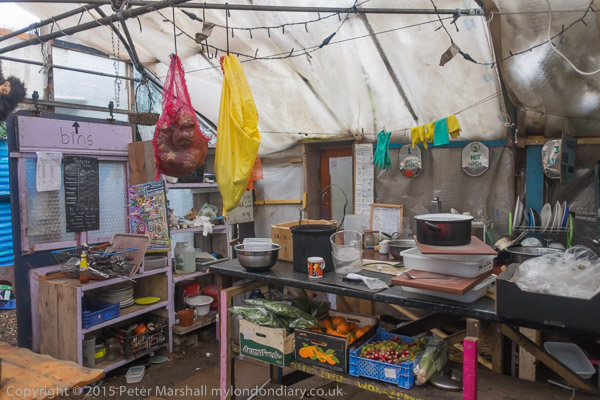

It played an important role in the continuing fight against building a third runway and was an important community resource in the area, as well as inspiring others around the world to see that it was possible to live in different ways. As a National Geographic article stated in 2018 “Grow Heathrow has taken great efforts to open its doors to local villagers, politicians, students, and anyone interested in learning about alternative ways of living.”
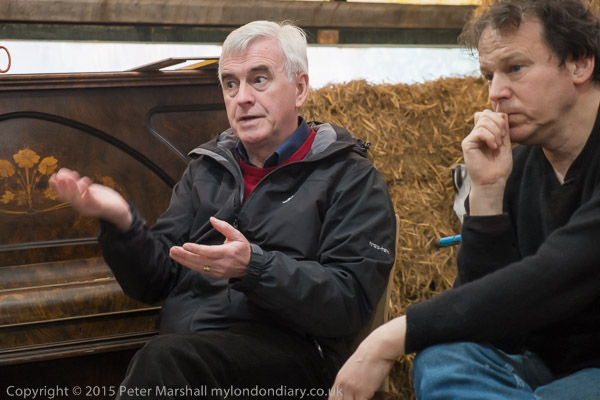

I still miss Grow Heathrow and the people and ideas I met there, still occasionally think about getting on my bike and cycling there. I’ll probably take a ride some time through Sipson and on to Harmondsworth in a month or two when the weather is warmer, but of course the community garden is no longer there.

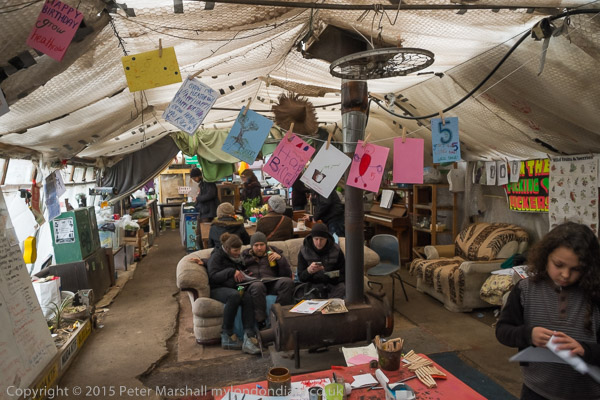
To celebrate its fifth birthday Grow Heathrow held a special day with workshops, guided tours of the site, music, workshops and a party. I’d visited the site a few times previously and it was interesting to see how it had developed, but I was particularly interested in some of the workshops.

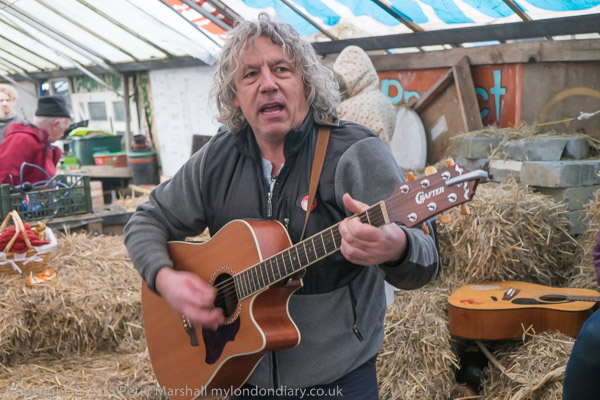
then against T5, were promised there would be no more expansion, then defeated the third runway.
In 2015 I wrote about local MP John McDonnell praising them their activities and contribution to the fight by locals against the third runway, and noted that this is “a battle which it looks as if it may need to be taken up by direct action again.” And now we are back at it again eleven years later.
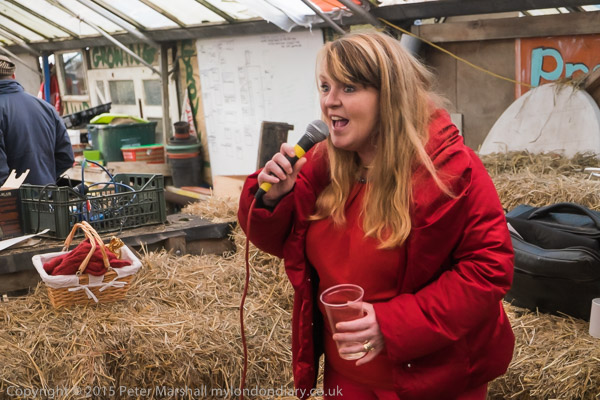


It was inspiring to listen to Tristram Stuart, one of the pioneers of the radical food movement, and to activist Ewa Jasiewicz who I had photographed on many previous occasions, but it was a presentation by the much missed David Graeber that made the greatest impression on me. He “took us through some ideas about democracy and how we need to find new ways to eliminate unnecessary control, with examples from the Spanish civil war and the current revolution in Rojava (Syrian Kurdistan), where the constitution is based on the ideas of the late Murray Bookchin.“
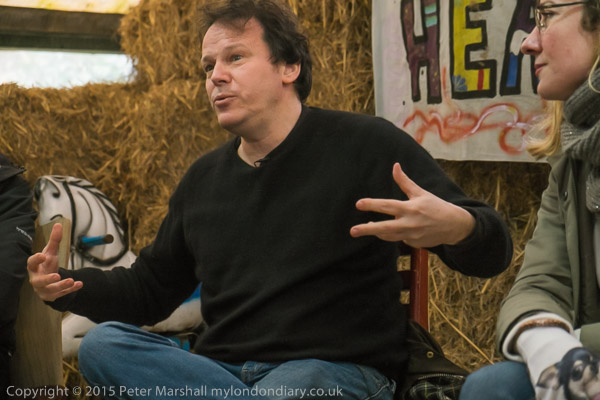
And then it was time for the party. I’ve written much more on My London Diary and of course there are many more pictures from my afternoon at the site.
Flickr – Facebook – My London Diary – Hull Photos – Lea Valley – Paris
London’s Industrial Heritage – London Photos
All photographs on this page are copyright © Peter Marshall.
Contact me to buy prints or licence to reproduce.
